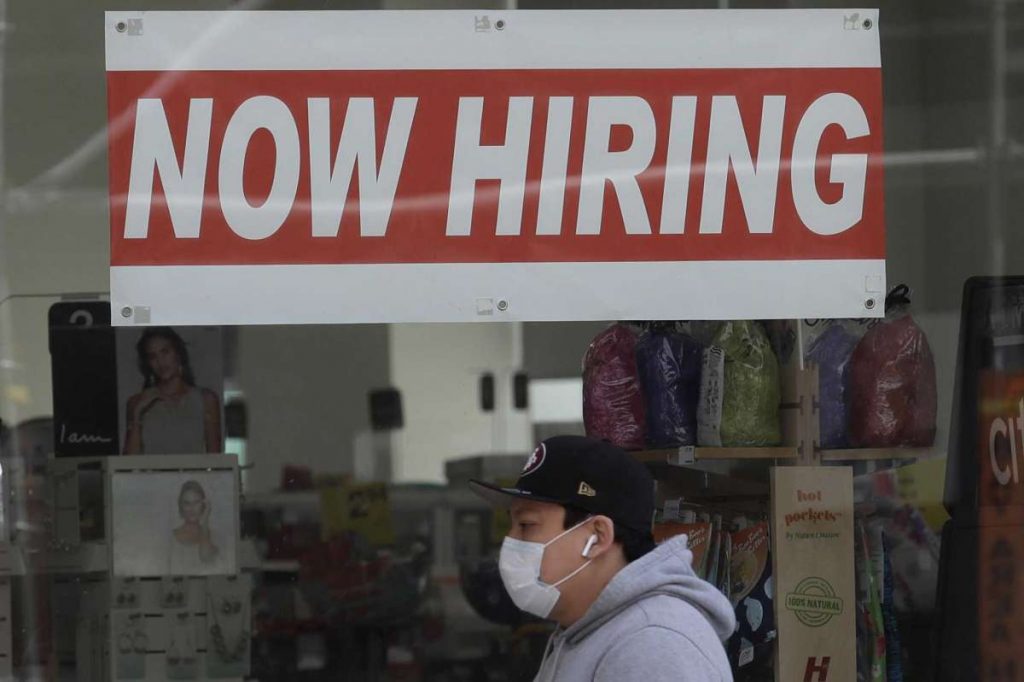U.S. employers added 245,000 tasks in November, far less than anticipated, as the jobs recovery slowed in the middle of a spike in coronavirus cases and hospitalizations. The unemployment rate edged down to 6.7%, but that’s because more people stopped looking for work (400,000) than lost jobs (74,000), according to a separate survey of families.
Dow Jones futures stayed a little higher after the jobs report, as optimism over the Pfizer and Moderna vaccines and a possible stimulus deal have major stock market indexes near record highs.
Private-sector payrolls grew by 344,000. Government tasks fell by 99,000, including 93,000 momentary Census employees.
Wall Street anticipated the November jobs report to reveal a gain of 500,000 tasks in general, including 590,000 private-sector tasks. Financial experts anticipated a 6.8% joblessness rate.
Nonfarm payroll work stays down 9.9 million from February’s peak of 152.5 million.
Dow Jones, Treasury Yields Respond To Jobs Report
In Friday’s stock market action, Dow Jones futures rose 0.4%. S&P 500 futures increased 0.2% and Nasdaq 100 futures were up 0.1%, paring gains a fraction from before the jobs report’s 8:30 a.m. ET release.
The Dow Jones, which initially topped 30,000 on Nov. 24, is back above that level and pushing to a record high. The Nasdaq composite closed at a record high on Thursday, while the S&P 500 closed just listed below one.
The stock market is in a validated uptrend, according to IBD’s The Big Picture column. That’s a thumbs-up for purchasing quality stocks at a proper entry point. Make certain to check out the column each afternoon to see the current market pattern.
The 10-year Treasury yield ticked as much as 0.95% after the tasks report, just listed below the top of its variety given that the coronavirus shut down in mid-March.

November Jobs Report Particulars
Food and drinking locations shed 17,400 tasks, after adding 192,000 jobs in October. Retailers cut 34,700 jobs, after adding 95,100 the prior month.
On a brighter note, factory work increased 27,000. Health care work grew by 46,000. The economy included 27,000 building employees. With e-commerce flourishing, companies included 81,900 carriers and messengers.
Joblessness Rate
The dip in November’s joblessness rate to 6.7% from 6.9% in October, though due to workforce dropouts, continued the downward trend after the unemployment rate hit 14.7% in April. Yet that downplays the progress. The Labor Department approximated that April’s unemployment rate would have been 19.7% of workers had not been misclassified as being used but not at work.
According to the regular monthly survey of households, 10.7 million Americans are jobless, below 23.1 million in April, but up from 5.8 million in February. That does not include people who are not in the workforce.









